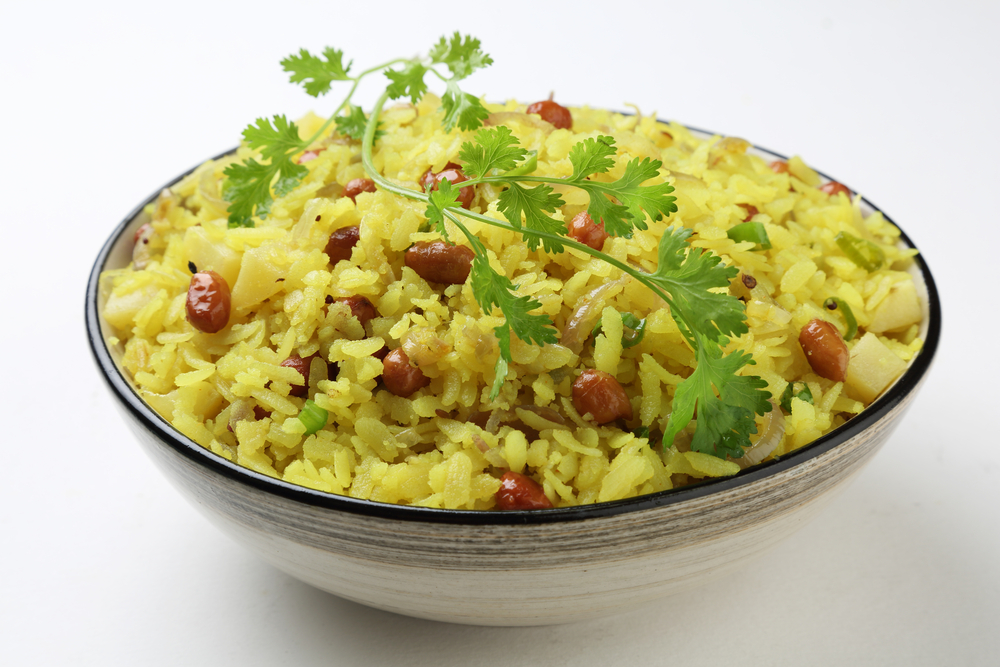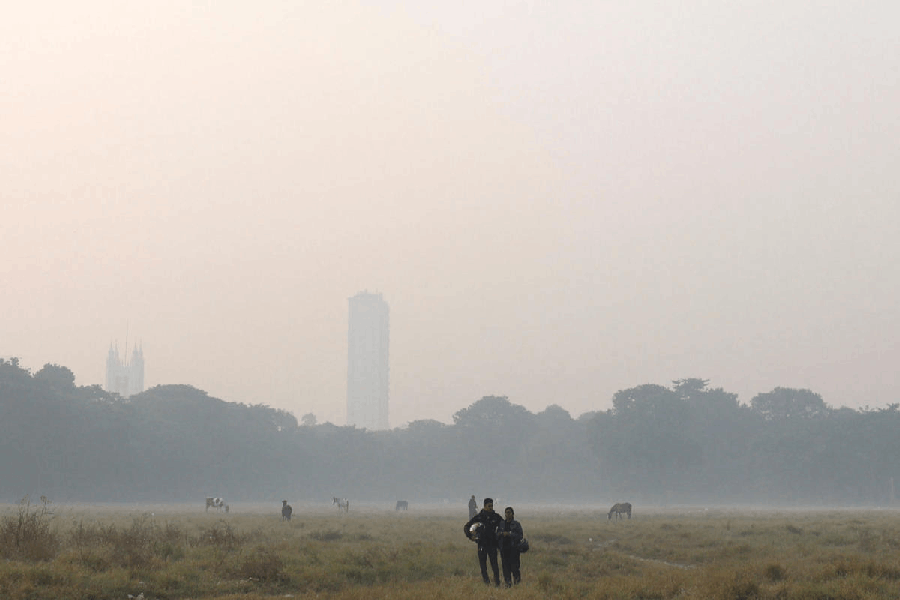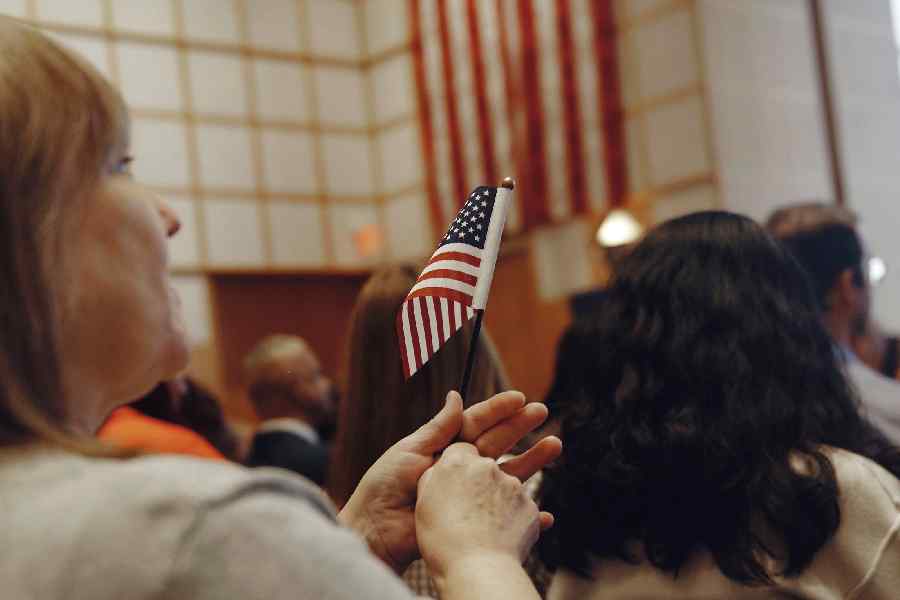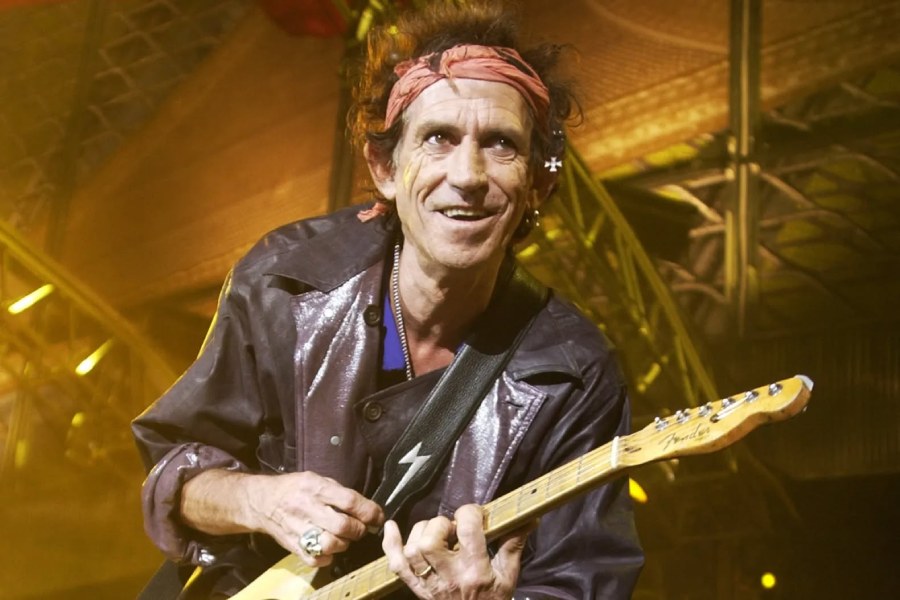Sir — In recent times, food has caused many a controversy in India, ranging from bans on beef to the putting up advertisements of non-vegetarian food outside stalls. But few could have imagined that the innocuous ‘poha’, or flattened rice, could cook up a storm. The Bharatiya Janata Party leader, Kailash Vijayvargiya, recently said that he suspects some construction workers at his house to be Bangladeshis since he saw them eating poha. However, poha is consumed by a vast number of people across India. It is high time that politicians refrained from labelling people as outsiders on account of their choice of clothes or food.
Radhika Sharma,
New Delhi
Dubious stand
Sir — In the article, “Reality behind romance” (Jan 23), Swapan Dasgupta seems unsure of his own position regarding the protests against the Citizenship (Amendment) Act. Dasgupta appears to have difficulty accepting that the anti-CAA protests have managed to “successfully outshine” their rivals without resorting to conspiracy or having any covert religious leadership pulling the strings. By depriving lakhs of protesters of their agency, Dasgupta does a great disservice both to them and to himself. In fact, throughout the article, he seems to be unwilling to admit that people — even “Muslim women” — are capable of organizing themselves. Perhaps he believes that no dissent is possible without political leadership. This is precisely the notion that the ongoing protests against the CAA and the National Register of Citizens have challenged.
While saying that the CAA does not deprive anyone of citizenship, Dasgupta has conveniently overlooked the fact that the NRC most certainly does so. This is clear from the number of people left out of the NRC in Assam. The current protests do not claim to challenge the CAA alone but the combination of the two.
Dasgupta’s view of the protests being “sectarian mobilization” betrays an ideology that cannot acknowledge anything different from itself — Hindutva looks at any challenge to it only through the prism of Hindutva. It is thus unsurprising that, for Dasgupta, solidarity among religions is practically impossible; it is just “romantic poetry”.
However, the author’s true opinion emerges when he says that removing the religious connotations of the CAA would mean accepting the Rohingyas, fleeing persecution in Myanmar, as refugees. It is clear that this is not something Dasgupta, or for that matter the Bharatiya Janata Party, wants. The Rohingyas are the very definition of a persecuted minority that the CAA is apparently fighting for were it not for the fact that they are Muslims, who have conveniently been left out of the ambit of the law. Can there still be any pretence regarding the inherently discriminatory nature of the CAA?
Poulami S. Ganguly,
Amsterdam
Sir — If there is an element of romanticism in the civil protests against the CAA, then it is something that the country has inherited from the Father of the Nation. At a time when the ruling party, by dint of its majority in Parliament, wants to impose upon the country its majoritarian, divisive political agenda, coming down on to the streets to protest is the only avenue left for the common people to voice their dissent. Here, it is their idealism — one may call it ‘romanticism’ — that becomes the binding force.
However, one can hardly deny that democratic governance in India is suffering at the hands of the ruling party. Swapan Dasgupta may dismiss the civil protests across the country on the grounds of their romanticism, but surely the same cannot be said of the report by the Economist Intelligence Unit that has ranked India ten spots lower that it did previously on its democracy index. It is unlikely that this independent organization would base its findings on “half-baked information” to fuel alarmism.
Speaking of the constitutionality of legislative and executive measures, it must be remembered that the declaration of Emergency in 1975 was no less ‘constitutional’ than the passage of the CAA. But the country’s polity thought it fit to protest even back them, with no small amount of romanticism. Even the Bharatiya Jana Sangh, the BJP’s predecessor, took part in the movement. Rather than belittling the spontaneous movement of the people, Dasgupta and his party should introspect on why a large section of the population has, in so short a time, lost its confidence in the government it elected.
Subhendu Chaudhuri,
Calcutta
Sir — The article, “Reality behind romance”, indulges in sophistry in a desperate attempt to defend the CAA. While the violent protests against the CAA cannot be condoned, one must bear in mind what Romain Rolland said: “When order is injustice, disorder is the beginning of justice”. The French Revolution, which rid France of monarchy, was not non-violent, because it was triggered by atrocities perpetrated on the masses by the powers that be.
The CAA is a present-day variant of the Communal Award introduced by the British prime minister, Ramsay MacDonald, to divide the masses. With the fear of disenfranchisement, detention and eviction gnawing at the hearts of a vast section of the population, the inevitable happened — a spontaneous wave of protest has rocked the nation. The authorities should act sincerely and ensure that the ideals enshrined in the Constitution are not trampled upon.
Shivaji Bhaduri,
Howrah











